Island ecosystems, known for their unique biodiversity, are some of the most fragile environments on Earth. These isolated habitats often house species found nowhere else, making them vital for global biodiversity.
However, islands are particularly vulnerable to species extinction due to factors like habitat loss, invasive species, and climate change. Understanding the mechanisms behind this vulnerability is crucial for their conservation.
The Unique Biodiversity of Island Ecosystems
Island ecosystems are biodiversity hotspots, featuring species that have evolved in isolation over millennia. This isolation leads to the development of endemic species—organisms that exist solely in specific island regions. Famous examples include the Galápagos tortoises and Madagascar’s lemurs.
Key Features of Island Biodiversity
- Endemism: High rates of species unique to each island.
- Specialized Niches: Adaptation to specific and often limited resources.
- Small Population Sizes: Increased risk of genetic bottlenecks and extinction.
Isolated ecosystems, while rich in biodiversity, lack resilience against external threats.
Factors Contributing to Vulnerability
Habitat Loss and Degradation
Human activities such as deforestation, agriculture, and urban development reduce natural habitats. On islands, these activities have a magnified impact due to limited land area.
- Examples:
- Forest clearance in Borneo leading to the decline of orangutans.
- Coastal development in Hawaii affecting monk seals.
Invasive Species
Introduced species disrupt native ecosystems by preying on, outcompeting, or spreading diseases to endemic species.
- Examples of Invasive Threats:
- Rats on Pacific islands decimating seabird populations.
- Non-native plants like kudzu overwhelming native flora.
Climate Change
Rising sea levels, temperature fluctuations, and changing weather patterns disproportionately affect islands. Many species struggle to adapt quickly to these changes.
- Case Study:
- Coral bleaching events in the Great Barrier Reef due to rising ocean temperatures.
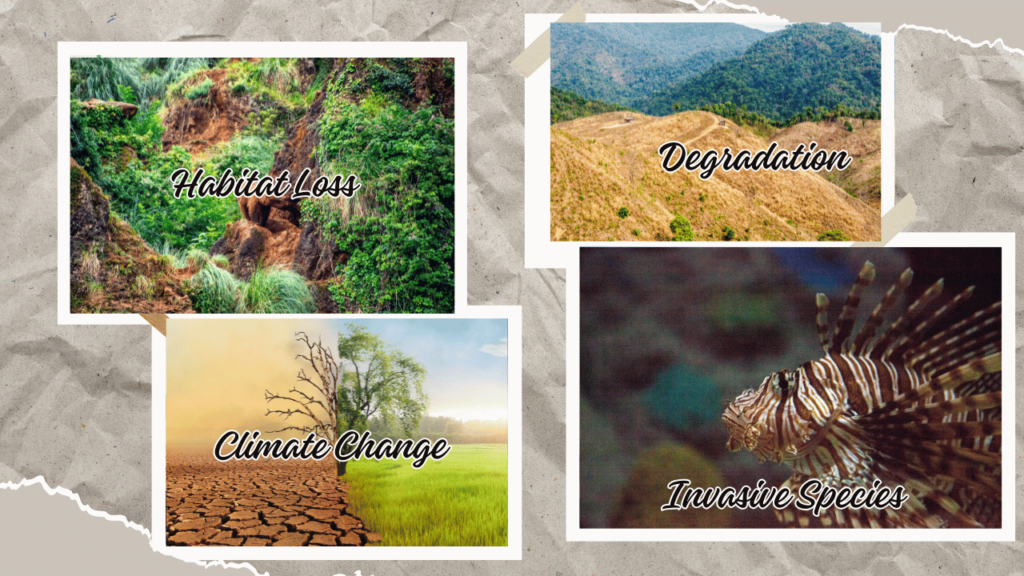
Case Studies of Island Species Extinction
The Dodo of Mauritius
One of the most iconic examples of human-driven extinction, the dodo was a flightless bird that fell victim to habitat destruction and invasive predators. Its extinction highlights the fragility of island ecosystems.
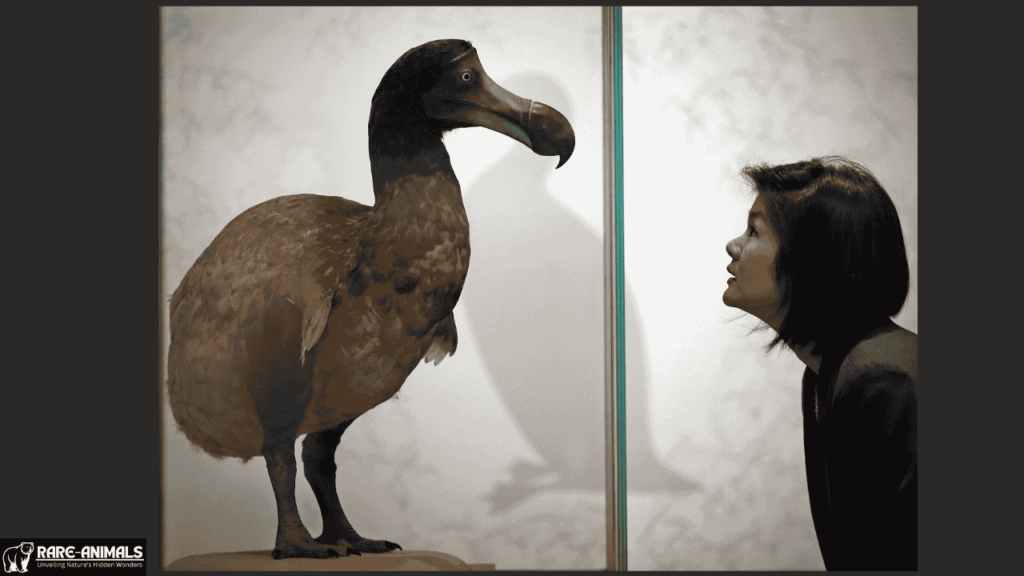
The Hawaiian Crow (ʻAlalā)
Once abundant, the ʻalalā faced habitat loss and predation by introduced species. Despite intensive conservation efforts, it remains critically endangered.
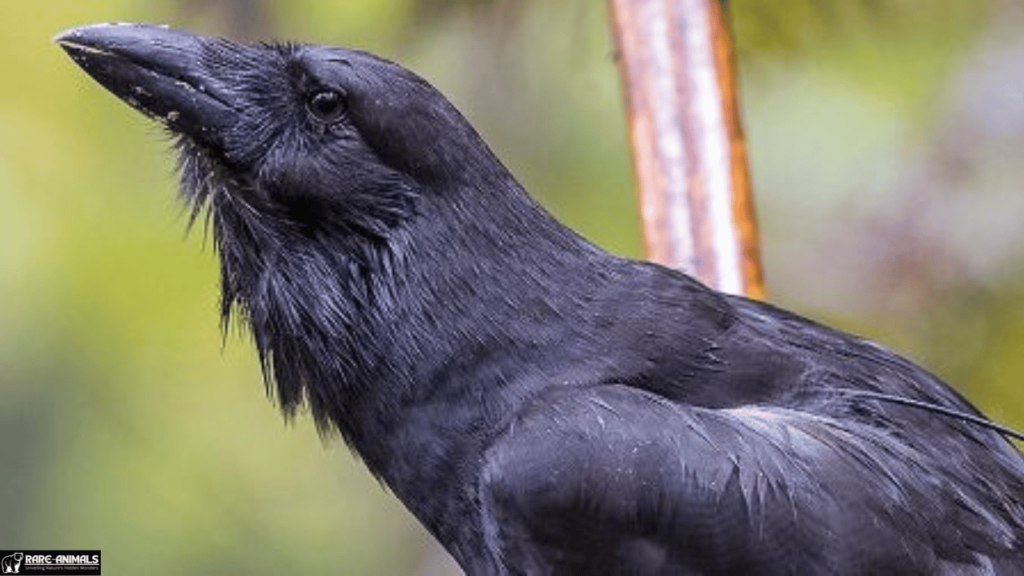
Conservation Strategies for Protecting Island Ecosystems
Habitat Restoration
Replanting native vegetation and protecting existing forests are vital for preserving biodiversity.
- Example: Reforestation projects in Madagascar have improved habitats for lemurs.
Eradication of Invasive Species
Targeted efforts to remove invasive predators like rats and feral cats have shown success in restoring native populations.
- Success Story: Rat eradication on the island of South Georgia led to the recovery of seabird colonies.
Climate Resilience Initiatives
Conservationists are working to enhance the resilience of island ecosystems by creating wildlife corridors, implementing sustainable fishing practices, and monitoring climate impacts.
FAQs
1. Why are island species more vulnerable to extinction?
Island species often have small populations, limited genetic diversity, and specialized habitats, making them less adaptable to changes and external threats.
How do invasive species threaten island ecosystems?
Invasive species can outcompete, prey on, or introduce diseases to native species, disrupting the ecological balance of islands.
What role does climate change play in island biodiversity loss?
Climate change leads to habitat alterations, rising sea levels, and increased storm intensity, posing significant challenges for island species to survive.
4. Are there successful examples of island species recovery?
Yes, conservation programs like the eradication of invasive rats on South Georgia Island have led to the revival of native bird populations.
5. How can individuals contribute to island conservation efforts?
Supporting eco-tourism, donating to conservation organizations, and raising awareness about the plight of island ecosystems are effective ways to help.
Conclusion
Island ecosystems are treasure troves of biodiversity, yet they face unparalleled threats. By understanding the factors driving species extinction and implementing targeted conservation strategies, we can help safeguard these vital habitats for future generations. Join the effort to protect island ecosystems—every action counts.
Explore ways to support island conservation initiatives by visiting organizations like the International Union for Conservation of Nature (IUCN) or donating to island restoration projects. Share this article to spread awareness and inspire others to take action.

Alveena is an experienced content writer with a knack for crafting engaging and insightful pieces. She thrives on breaking down complex ideas and presenting them as clear, captivating content that resonates with readers.

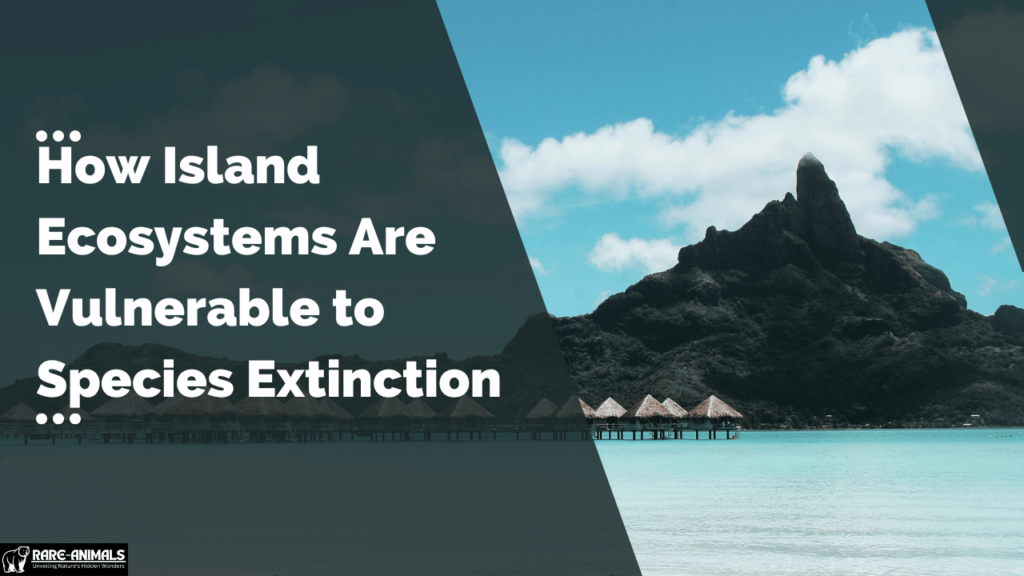
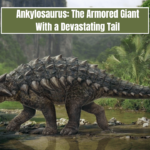
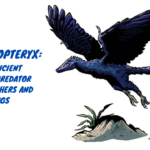

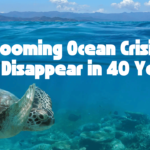
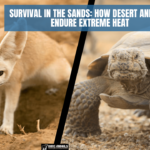

13 thoughts on “How Island Ecosystems Are Vulnerable to Species Extinction”